How to create a large scale aquaponics system?
Have you ever dreamed of running a massive, thriving aquaponics farm? The idea of combining fish farming and soilless plant growing might seem exciting, but it also presents real challenges.
Creating a large-scale aquaponics system involves careful planning around space, fish and plant selection, and market demand. It's a complex balance of biological and engineering factors.
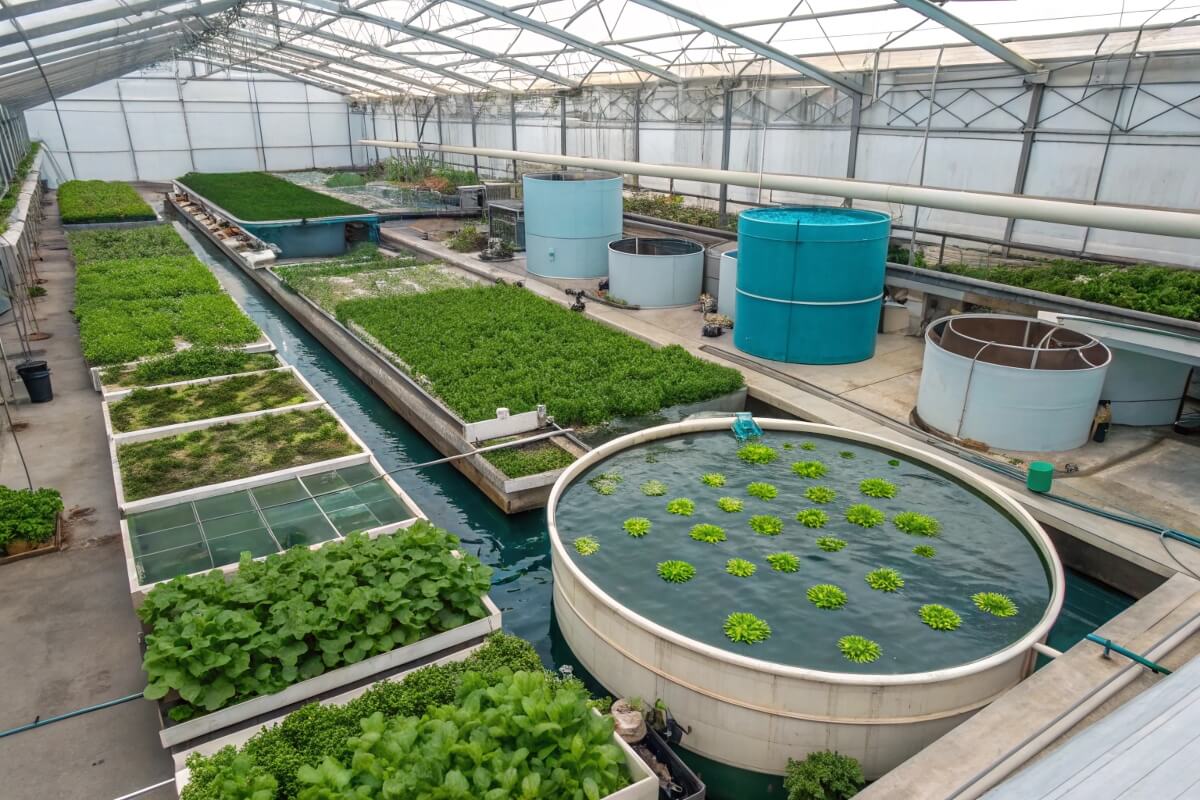
It's a journey that requires a lot of learning and adaptation. But don't worry, I'll walk you through the key questions to consider. Let's dive into the essential aspects of building a large-scale aquaponics system.
How Do You Size an Aquaponics System?
Figuring out the size of your aquaponics system can feel overwhelming. Do you start small and expand, or go big from the start? It's a tricky balance, right?
Sizing an aquaponics system depends on balancing fish to plant ratios, available space, and your target production goals. Start by considering how much you want to produce.
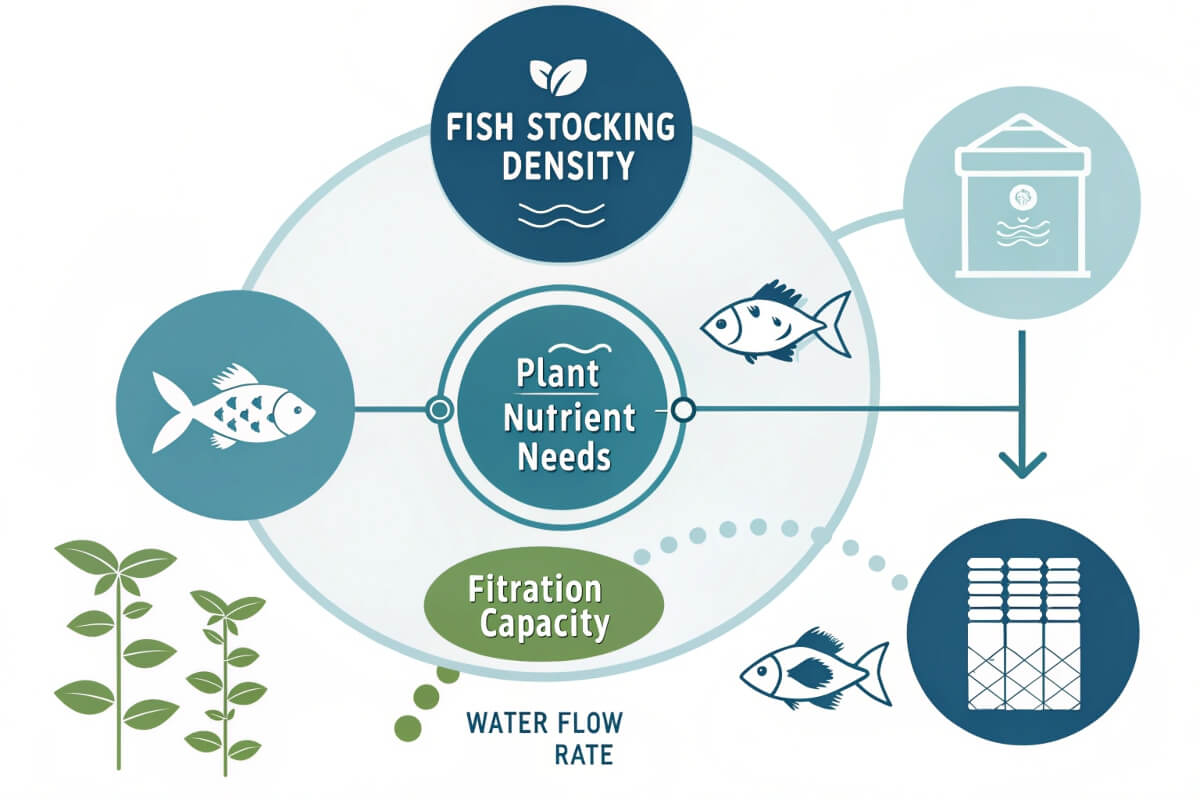
Balancing Fish and Plants
The core of aquaponics is the relationship between your fish and plants. Getting this balance right is crucial. It's not just about throwing some fish and plants together. You have to think critically about the species involved.
| Factor | Consideration | Impact on System Size |
|---|---|---|
| Fish Stocking Density1 | Overcrowding leads to stress and disease. | Affects tank volume needed. |
| Plant Nutrient Needs2 | Different plants have different needs. | Determines grow bed area. |
| Filtration Capacity3 | Must handle waste from the chosen fish load. | Influences filter system size. |
| Water Flow Rate | Needs to be adequate for both fish and plants. | Affects pump and pipe sizing. |
Consider this, I have to make decision on the stocking density. Too many fish, and you'll have water quality issues. Too few, and your plants won't get enough nutrients. Finding that sweet spot is key. Also, factor in the growth rates of both your fish and plants. You need to ensure a continuous cycle of nutrients and harvesting.
What Is the Most Profitable Fish for Aquaponics?
Choosing the right fish can make or break your aquaponics business, it's a question of both biology and economics. Do you prioritize fast growth, market value, or ease of care?
Tilapia are often considered the most profitable fish for aquaponics due to their fast growth, tolerance of varying water conditions, and market demand.
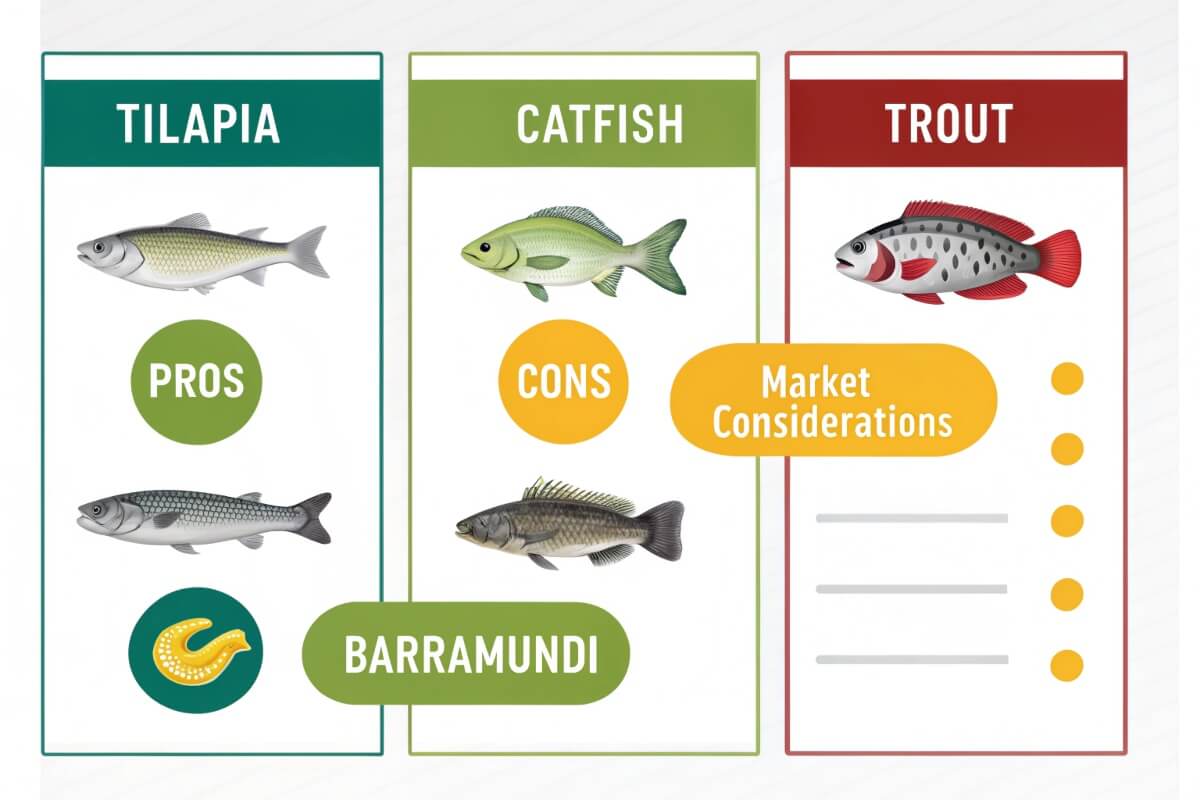
Beyond Tilapia: Exploring Other Options
While tilapia is a popular choice, don't limit yourself. Think critically about other options that might be a better fit for your specific situation and market. Here's a breakdown:
| Fish Species | Pros | Cons | Market Considerations |
|---|---|---|---|
| Tilapia | Fast growth, hardy, good feed conversion. | Can be invasive in some regions, prefers warmer water. | Widely accepted, good market price. |
| Catfish4 | Tolerant of water conditions, good growth rate. | Can be predatory towards smaller fish, need larger tanks. | Strong regional demand in some areas. |
| Trout5 | High market value, prefer cooler water. | Sensitive to water quality, slower growth. | Premium market, higher price point. |
| Barramundi6 | Fast growth, high market value, disease resistant. | Requires specific water parameters, can be aggressive. | Growing popularity, good export potential. |
I chose to include catfish in my system. Initially, the demand was great, but soon enough, I found out about a local preference for tilapia. I had to adpat and introduce tilapia to my system to be able to generate consistent revenue. Think about your local market. Is there a strong demand for a particular fish? Are there any niche markets you could target?
What Is the Largest Aquaponic System in the World?
Have you ever wondered just how big an aquaponics system can get? It's inspiring to see the scale some operations have achieved.
Superior Fresh in Wisconsin, USA, is often cited as the largest aquaponic system in the world, producing both Atlantic salmon and leafy greens on a massive scale.
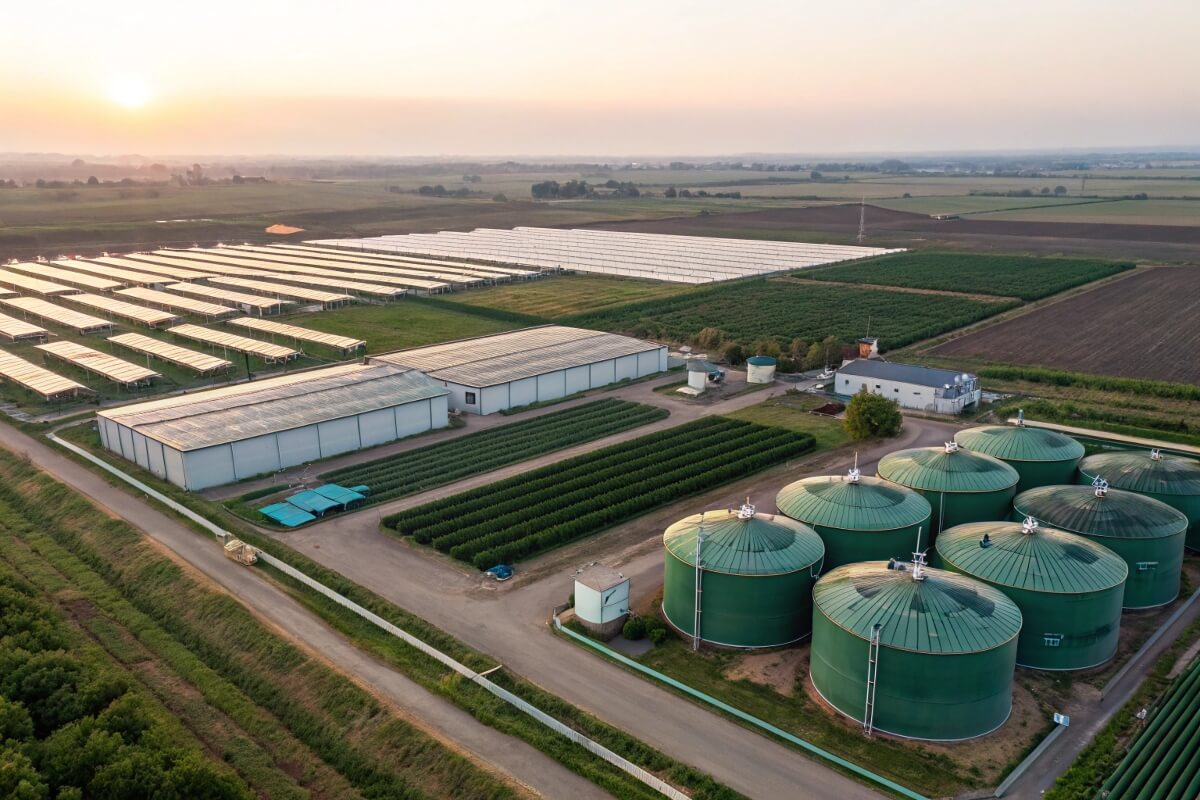
Learning from the Giants: Key Takeaways
Superior Fresh isn't just big; it's a model of innovation and sustainability. But let's think critically. What can we learn from their success, and what challenges might they face?
| Aspect | Superior Fresh Example | Potential Challenges |
|---|---|---|
| Scale | 13-acre facility. | High initial investment7, complex management. |
| Technology | Advanced water recirculation and filtration8. | Requires specialized expertise, potential for system failures. |
| Sustainability | Closed-loop system9, minimal water waste. | Maintaining ecological balance at such a large scale. |
| Market Integration | Produces both fish and vegetables for local markets. | Dependence on local demand, competition with traditional agriculture. |
Superior Fresh took risk, made a huge investment upfront, and commited to a lot of new technologies. This operation needs very close monitoring, but it's also what allowed them to achieve that massive scale and efficiency. The key is to adapt these lessons to your own context and resources.
Why Do Aquaponics Fail?
Despite the promise of aquaponics, many ventures don't succeed. It is a complex system that can be easily disrupted. What are the common pitfalls to avoid?
Aquaponics systems often fail due to a lack of planning, inadequate water quality management, insufficient fish or plant knowledge, and underestimating the business challenges.
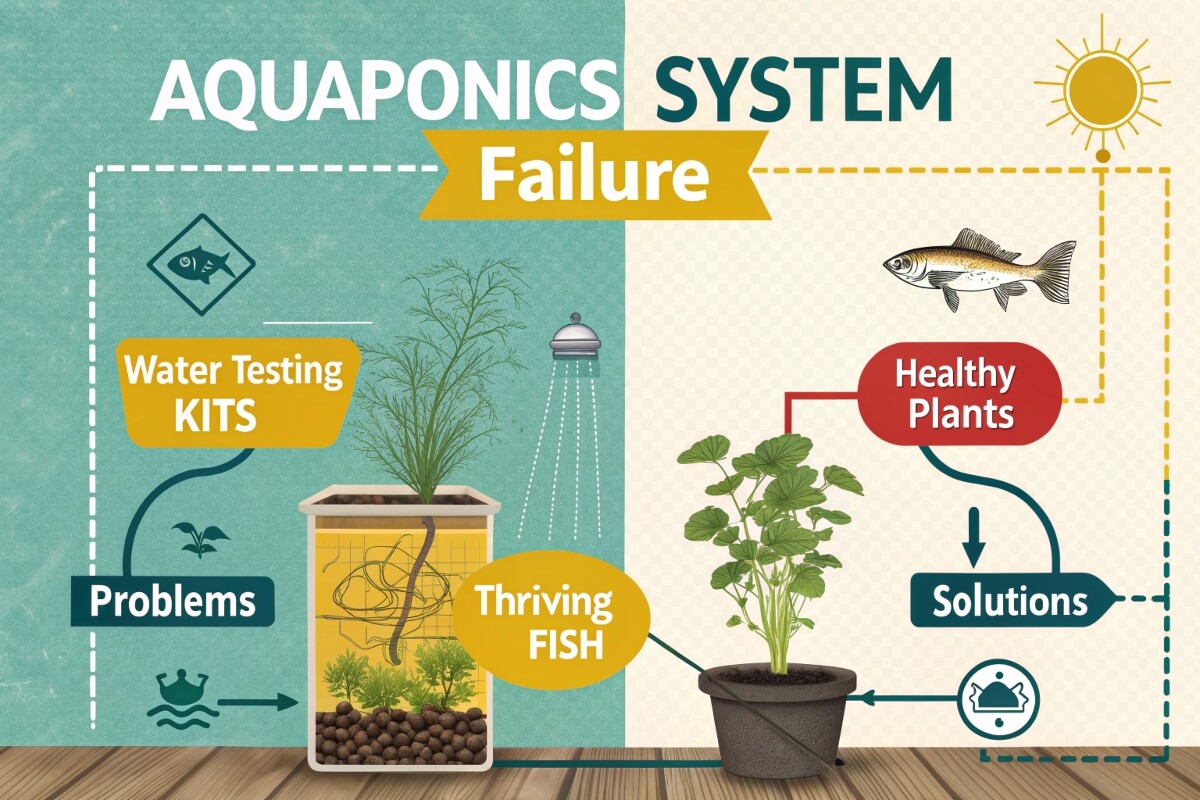
Avoiding the Common Mistakes
It's not enough to just identify the problems. We need to think critically about how to prevent them. Here's a breakdown of common failure points and solutions:
| Failure Point | Root Cause | Prevention Strategies |
|---|---|---|
| Poor Water Quality10 | Imbalance of nutrients, pH fluctuations, lack of oxygen. | Regular testing, proper filtration, adequate aeration. |
| Fish Health Issues11 | Overcrowding, poor water quality, disease outbreaks. | Appropriate stocking densities, quarantine new fish, disease prevention protocols. |
| Plant Nutrient Deficiencies12 | Insufficient fish waste, incorrect fish-to-plant ratio. | Proper system sizing, supplemental nutrient additions if needed. |
| System Design Flaws | Inadequate filtration13, poor water flow, component failures. | Thorough planning, quality components, regular maintenance. |
| Business Plan Weaknesses | Lack of market research14, unrealistic financial projections15. | Develop a solid business plan, secure funding, understand your target market. |
Here's another personal story. I faced a near-total system collapse. The fish were dying, and the plants were wilting. I discovered my water pump was failing. I acted immediately, I replaced the pump. Regular maintenance checks are now part of my routine.
Conclusion
Building a large-scale aquaponics system is a challenging but rewarding endeavor. It requires careful planning, continuous learning, and a willingness to adapt. Remember the key questions we've explored, and you'll be well on your way to aquaponics success.
-
Understanding the ideal fish stocking density is essential for maintaining a healthy aquaponics system. Explore this link for expert insights. ↩
-
Different plants have unique nutrient requirements. Discover how to optimize your aquaponics setup by learning more about these needs. ↩
-
Filtration capacity is crucial for waste management in aquaponics. Learn more about its role in maintaining system health and efficiency. ↩
-
Explore the advantages of catfish farming, including its market demand and growth potential, to make informed decisions. ↩
-
Discover why trout holds a high market value and how its unique requirements can impact your farming strategy. ↩
-
Learn about the growing popularity and export potential of barramundi to capitalize on emerging market opportunities. ↩
-
Understand the financial challenges and considerations of investing in sustainable farming practices. ↩
-
Explore how advanced water recirculation and filtration can enhance agricultural sustainability and efficiency. ↩
-
Learn about closed-loop systems and their role in minimizing waste and promoting sustainability in agriculture. ↩
-
Understanding the causes and solutions for poor water quality can help you maintain a healthy aquatic environment. ↩
-
Preventing fish health issues is crucial for a thriving aquarium; explore effective strategies to keep your fish healthy. ↩
-
Identifying nutrient deficiencies early can enhance plant growth and overall system health; learn more about it. ↩
-
Understanding the impacts of inadequate filtration can help improve water quality and system efficiency. ↩
-
Exploring this topic can provide insights into the importance of market research for business success. ↩
-
Learning about the risks of unrealistic projections can help entrepreneurs create more viable business strategies. ↩